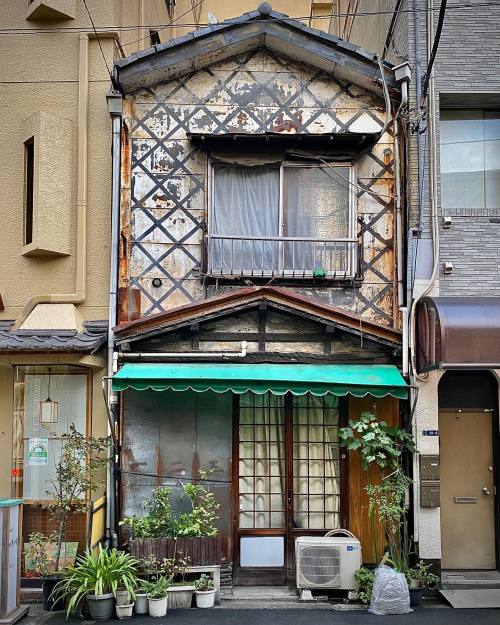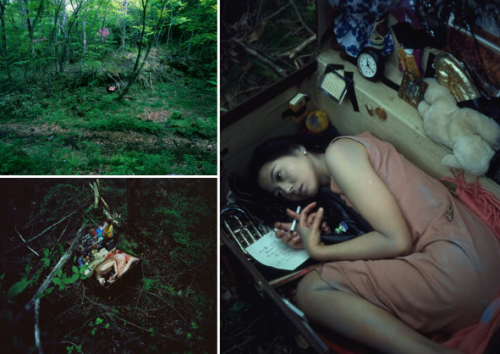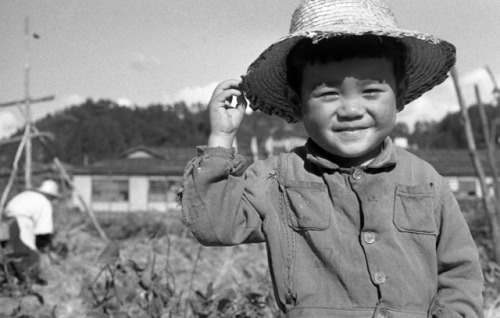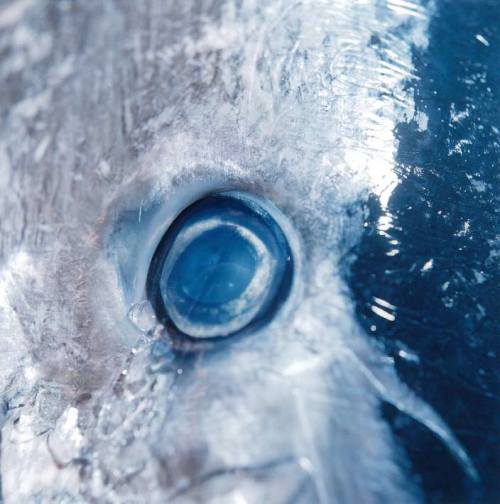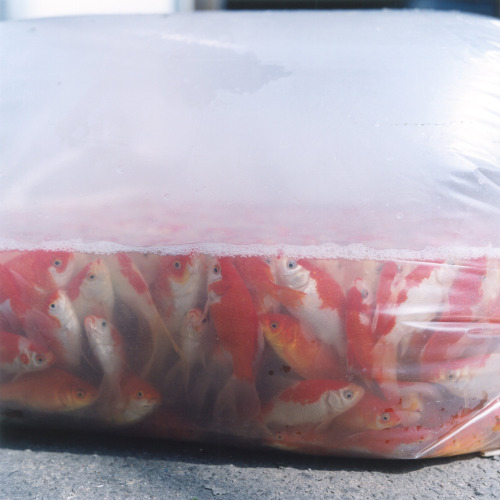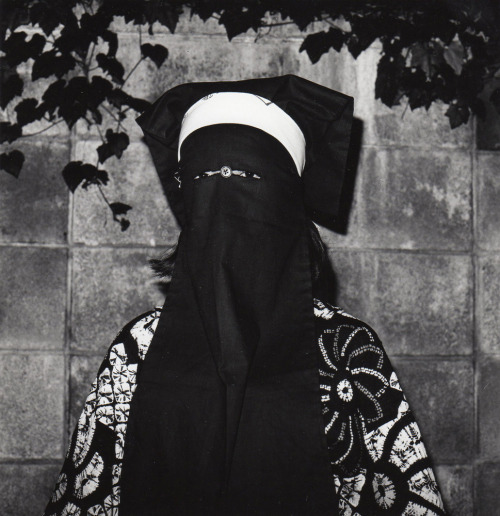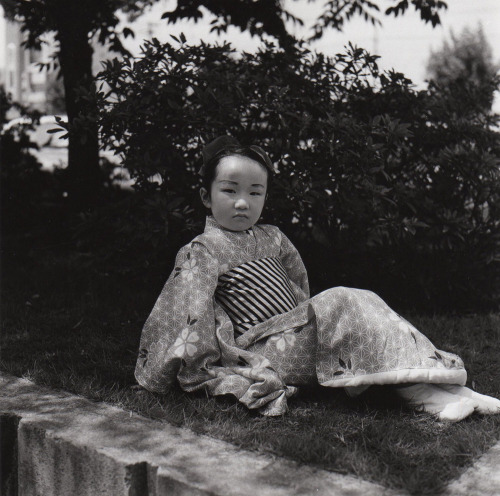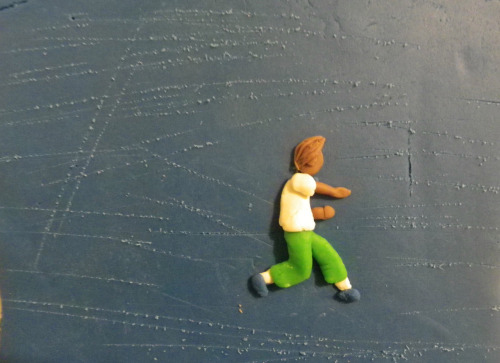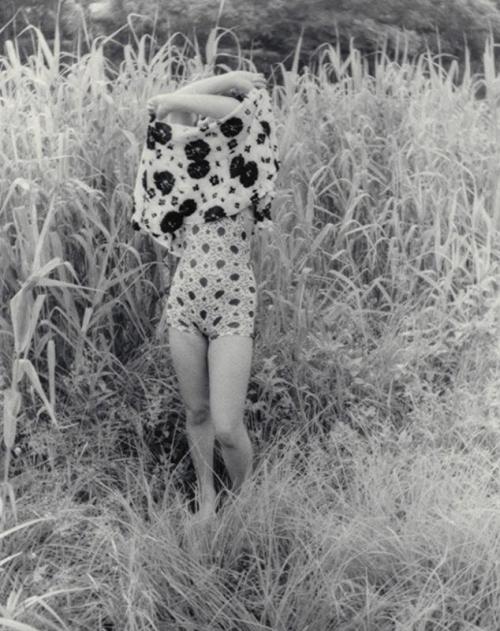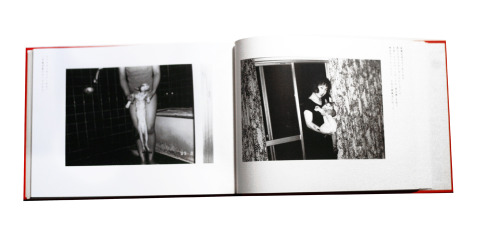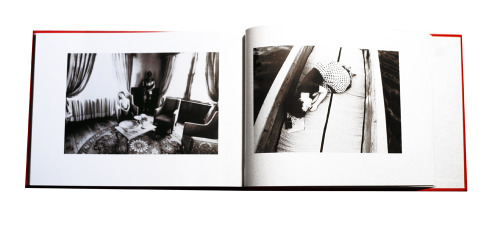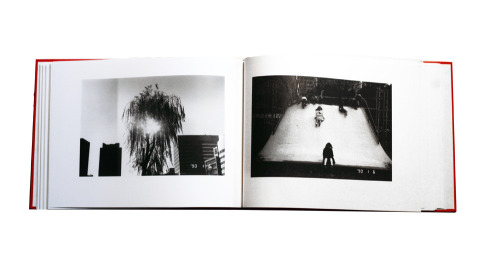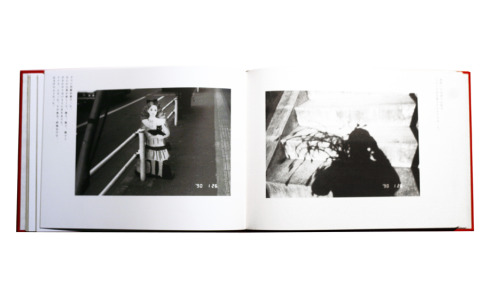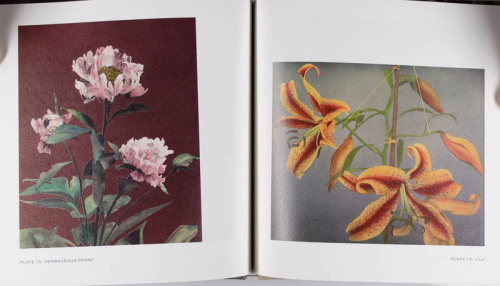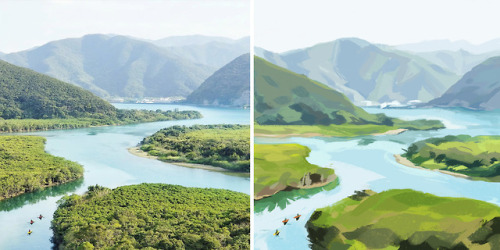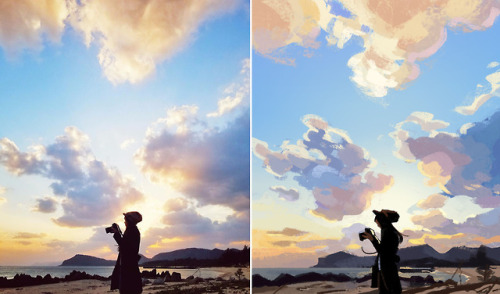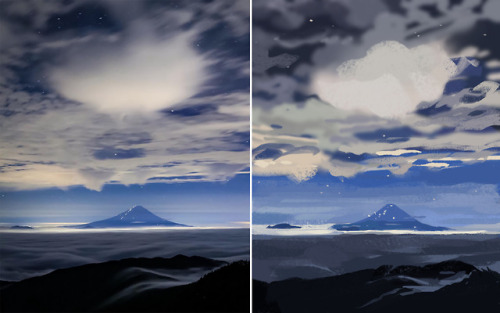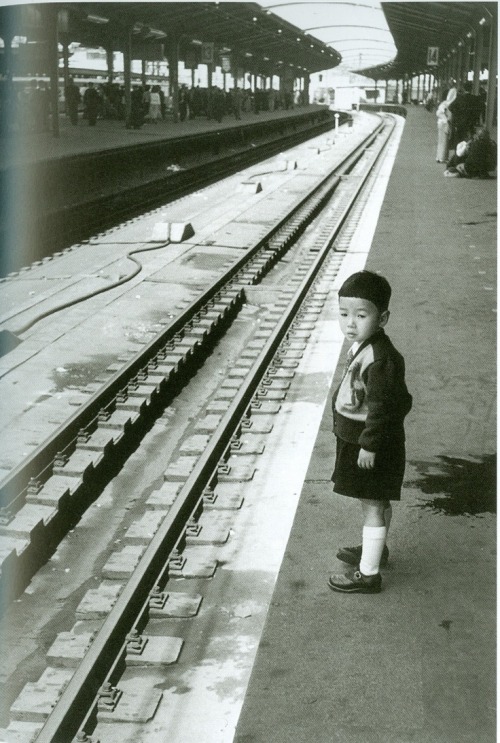#japanese photography

tokyo’s shibuya crossing
Ishiuchi Miyako (Japanese, b. 1947)
Yokosuka Story #121
1976-1977
Gelatin silver print
43.7 x 54cm (17 3/16 x 21 ¼ in.)
Collection of Yokohama Museum of Art
© Ishiuchi Miyako
Digital file © Yokohama Museum of Art
Post link
Estas fotografías de 1956, llenas de ternura y sensibilidad, me parecen el mejor modo de comenzar la semana.
Feliz lunes!
Imagen vía Kiokuno 1010
Post link



Yesterday was my 35th Birthday.
It’s all happening way too fast.
A short quote by me in this article on Rinko Kawauchi at German “Art” magazine
Rinko Kawauchi portfolio at “Art” magazine (Germany)
Gedichte über Leben und Tod | Poems on Life and Death
by Tim Holthoefer
Art, November 2013
Bedrohlich, poetisch, kitischig - mit verführerischen Fotobüchern wirbelt Rinko Kawauchi die japanische Kunstszene auf. Ein Portfolio aus ihrem Meisterwerk “Illuminance”
(…)
2001 dann die Sensation: Als völlig Unbekannte veröffentlichte sie drei Bücher auf einen Schlag und wirbelte die japanische Fotoszene gehörig durcheinander. Besonders “Utatane” sorgt für Begeisterung bei Kritik und Publikum. Magnum-Fotograf und Kurator Martin Parr (…) bezeichnete den Band später als eines der wichtigsten Fotobücher des Jahrzehnts. Diese Art zu fotografieren hatte man vorher einfach noch nicht gesehen.
(…)
Für ihr Debut gewann sie - quasi aus dem Stand - den renommiertesten japanischen Fotopreis.
(…)
“Rinkos Werk ist nicht egozentrisch. Sie erzählt über das Leben an sich und nicht über ihr eigenes Leben”, beschreibt Ferdinand Brüggemann, Direktor der Kölner Galerie Priska Pasquer, die Qualität ihrer Arbeit.“
Rinko Kawauchi (…) vergleicht ihre Fotos mit Wörtern, die sie zu Gesichten verspinnt, zu Metaphern über das Leben und den Tod. In ihren Arbeiten versuche sie, Berührungspunkte von Traum und Wirklichkeit, Bewusstem und Unbewusstem aufzuspüren und darüber nachzudenken, woraus die Welt besteht und wieso wir eigentlich auf dieser Erde sind.
Und so komponiert Rinko Kawauchi wunderbare fotografische Haiku, mit dene sie uns ihr Universum nicht erklären möchte, sondern Raum für eigene Assoziationen schafft.
Images: Rinko Kawauchi, from the series “Illuminance”
©Rinko Kawauchi
Post link
Major Issei Suda retrospective at the Tokyo Metropolitan Museum of Photography
Suda Issei | nagi no hira - fragments of calm
until December 1
The Tokyo Metropolitan Museum of Photography is delighted to announce the opening of an exhibition featuring the work of SUDA Issei, entitled “nagi no hira — fragments of calm”. The work he has produced since the 1970s seems to provide a glimpse through the cracks in reality to a space that exists in a different dimension and has received international acclaim, being shown not only in Japan but also in Australia, New York, etc.
Born in the Kanda district of Tokyo in 1940, SUDA has used an unconventional viewpoint and outstanding technique to create a body of work from the 1960s onwards that offers the viewer a behind-the-scenes view of people’s lives and the city. As one of the artists recently selected by the Tokyo Metropolitan Museum of Photography for priority collection, in this exhibition we will be able to show not only the works previously obtained for the collection, including “Fushi Kaden”, “Monogusa Syui”, and “Tokyo kei” (Tokyo View), but also early works, such as “Akai Hana” (Scarlet Bloom) and “Osorezan e” (To Osorezan), plus some of his latest works, celebrating his fifty years as a photographer.
SUDA’s eye seems to travel between the ordinary and extraordinary, creating an atmosphere similar to that experienced in moments of ‘calm’ when the wind ceases to blow. This exhibition consists of an accumulation of numerous fragments of this calm, each captured within a single photograph. We hope that you will enjoy these landscapes of the past, the people and images of various customs passed down from the middle of the last century, all captured by SUDA Issei’s unique vision, and preserved in minutely detailed gelatin silver prints.
http://syabi.com/e/contents/exhibition/index-1934.html
Post link
Exhibition: Shomei Tomatsu: Island Life
Art Institute Chicago
Sept. 14, 2013 – Jan. 5, 2014The first museum exhibition on Japanese photographer Shomei Tomatsu (1930–2012) since his death, anywhere in the world, and his first solo show in the United States in nearly ten years, Island Life is also the first to concentrate on Tomatsu’s long fascination with Japan’s southern islands.
In 1966, when he was just a decade into his career but already a highly influential figure, Tomatsu published a magazine series called The Sea around Us that ran for nearly a year. This sustained look at coastal waters, for which Tomatsu traveled all around his country, was inspired by a book of that title by the American environmentalist Rachel Carson, but also by Americanization itself, which had wrought profound changes in Japan since the bombings and occupation that ended World War II.
In 1969 Tomatsu went to Okinawa, the main island in an archipelago of several hundred islands that stretches across the sea from Japan to Taiwan. Okinawa was then under United States jurisdiction, and few Japanese were permitted entry. Tomatsu eventually moved there for several years, making four books and many more magazine stories on life in the southern or Ryukyu islands. The politically incisive black-and-white photographs he had made in the 1960s—including pictures of American bombers taking off from Okinawa for Vietnam—gave way to seascapes of dazzling color and more everyday scenes. But Tomatsu never stopped making tightly composed and moving photographs, guided by a finely developed sense of light and visual poetry.
CAPTION: Shomei Tomatsu. Untitled (Kadena, Okinawa), 1969, printed 1978. Photography Purchase Fund. © Shomei Tomatsu, courtesy Galerie Priska Pasquer, Cologne
www.artic.edu/exhibition/shomei-tomatsu-island-life
Post link
Blog discovery of the week (and there have been a few) goes to Eleanor Macnair’s great Photographs rendered in play-doh. Above: Untitled from the series Protest, Tokyo, 1969 by Shomei Tomatsu. She even takes requests!
Link to the original photo: http://www.sfmoma.org/explore/collection/artwork/29652
:-)
Post link
One of my all-time favorite photobooks:
posted by akinabooks:
Nobuyoshi Araki
sentimental journey - Winter Journey
Hardcover with Slip case
20cm x 27cm
124 pages.
Publisher: Shinchosha, 1991
The book is composed by two parts:
Sentimental journey and Winter Journey.
“Sentimental journey” was self-published in 1971, following his earlier series of “Zerokkusu Shashin-cho” (Xeroxed photo albums) distributed among collegues and friends.
Sentimental journey is the first of three self-published volumes, followed by : Araki Nobuyoshi Photobook 2 (Sentimental Journey continued) and Tokyo: Araki Nobuyoshi Photobook 3.
In 1991, following Yoko’s death, Araki took Sentimental Journey and put it next to Winter Journey, a photo diary of the last month of Yoko before passing away.
The date on the photographs become like sand of an hourglass.
In Winter Journey’s last page, after Yoko’s death, we see Chiro, Araki’s cat, waking him up to play in the snow on his terrace.
“I can’t take it anymore. I don’t have chronic diarrhea belly middle-ear inflammation, sometimes I am flooded by fashion photographs but it’s nothing more than that.,this kind of face, this nudity, this private life, thiis landscape, are total lies; I can’t take it.
This book is different from those false photographs. This sentimental Journey is my love and my determination as a photographer.
As a photographer I have made love my starting point, and by chance I began with the shi-shosetsu (“I-novel), there’s nothing more than that.
I simply sequenced the photographs following the course of our honeymoon trip, but anyway please turn through the pages. It is offset printed with a faded ash color. It is all the more a sentimental journey.
As the progression of my daily life goes on and disappears, something is felt in the process. “
Extract from the insert of Sentimental Journey, 1971
Links:
interview with Araki on Trans Asia photography review
Sentimental journey was the focus of the Photobook club’s discussion in december 2011, here you can find quite a few interesting articles
Great article on Chiro (Araki’s cat) on www.ilove.cat
Youtube extract from “Arakimentary”
PS: many thanks to Takayuki Kobayashi (Flotsam books) for finding me this copy!
Post link
Some Japanese Flowers: Photographs by Kazumasa Ogawa, 2013
from the Visual Studies Workshop Books and Periodicals Archive
Post link
Yosemite by Takeshi Shikama, platinum palladium print on gampi paper
This picture is part of the Silent Respiration of Forests serie, which explored the brooding forests of Japan and US.
The platinum palladium technique gives the photographer endless possibilities to craft the image. This process allows the opportunity to combine both the power and precision of modern technologies with the charm and passion contained in the oldest photographic processes.
One of the advantages of this technique is the impregnation of finely divided platinum and palladium salts into the paper’s fibers - allowing the image to be as long sustaining as the fine paper the image is printed on. In addition, it is an extremely slow print-by-contact method requiring very strong UV light, and requiring that the negative be the same size as the desired print.
Check the whole process video here
Post link
What is the JLPT? 日本語能力試験: Ultimate Guide to the Japanese Language Proficiency Test
Example Questions (official site): https://www.jlpt.jp/e/samples/forlear…
What is the Kanji Kentei?: https://www.youtube.com/watch?v=HEl5N…
Benkyogo Store: https://www.etsy.com/uk/shop/Benkyogo
Instagram: @benkyogo
Welcome to Benkyogo!
- - - - - - - - - - - - - - - - - - - - -
Links mentioned in this video
Benkyogo Store: https://www.etsy.com/shop/benkyogo
Read the blog post here: https://benkyogo.co.uk/?p=2466
- - - - - - - - - - - - - - - - - - - - - -
⛩ Visit the Benkyogo blog for more ways to learn Japanese!
https://www.benkyogo.co.uk/SHOW LESS









⚜️Godfall ⚜️

